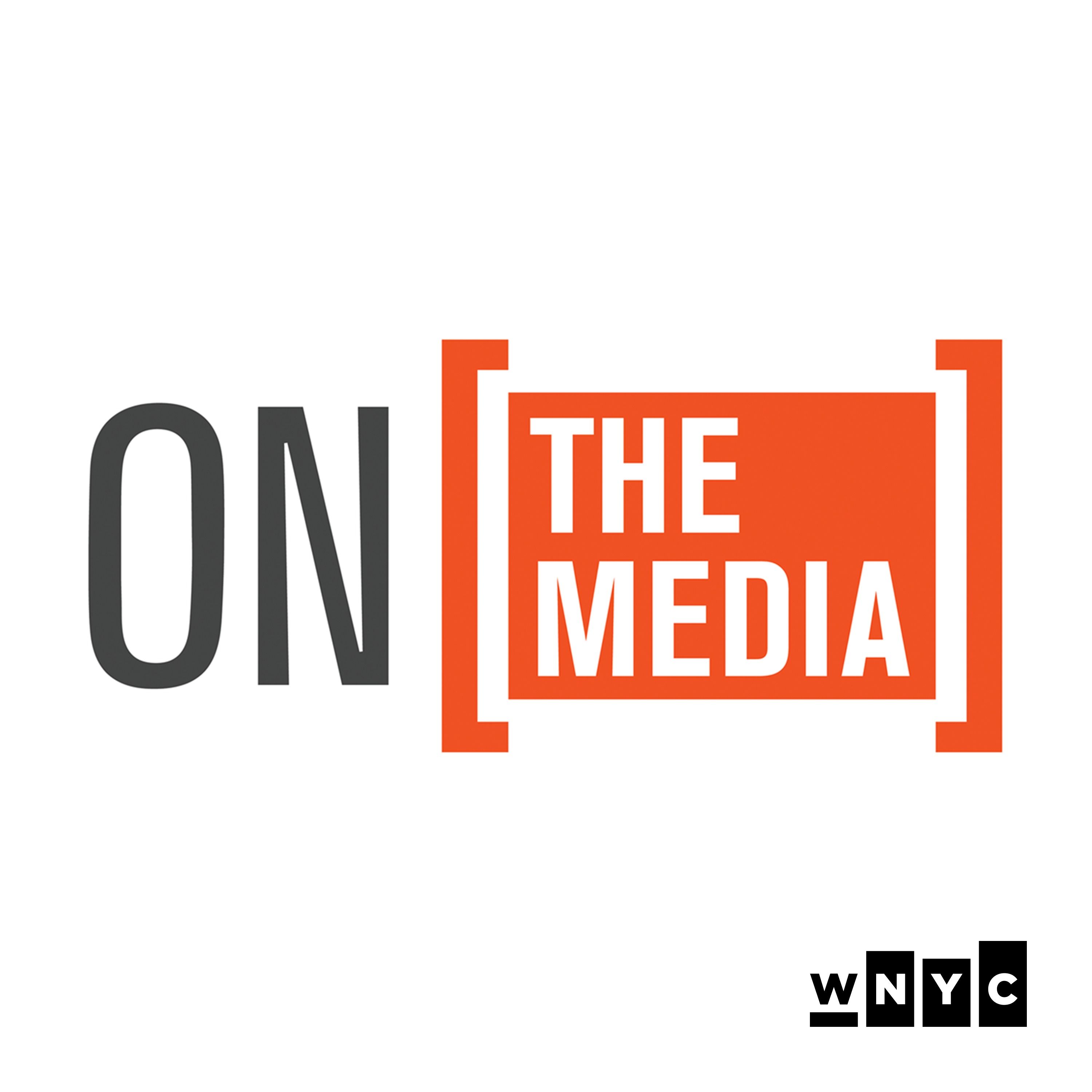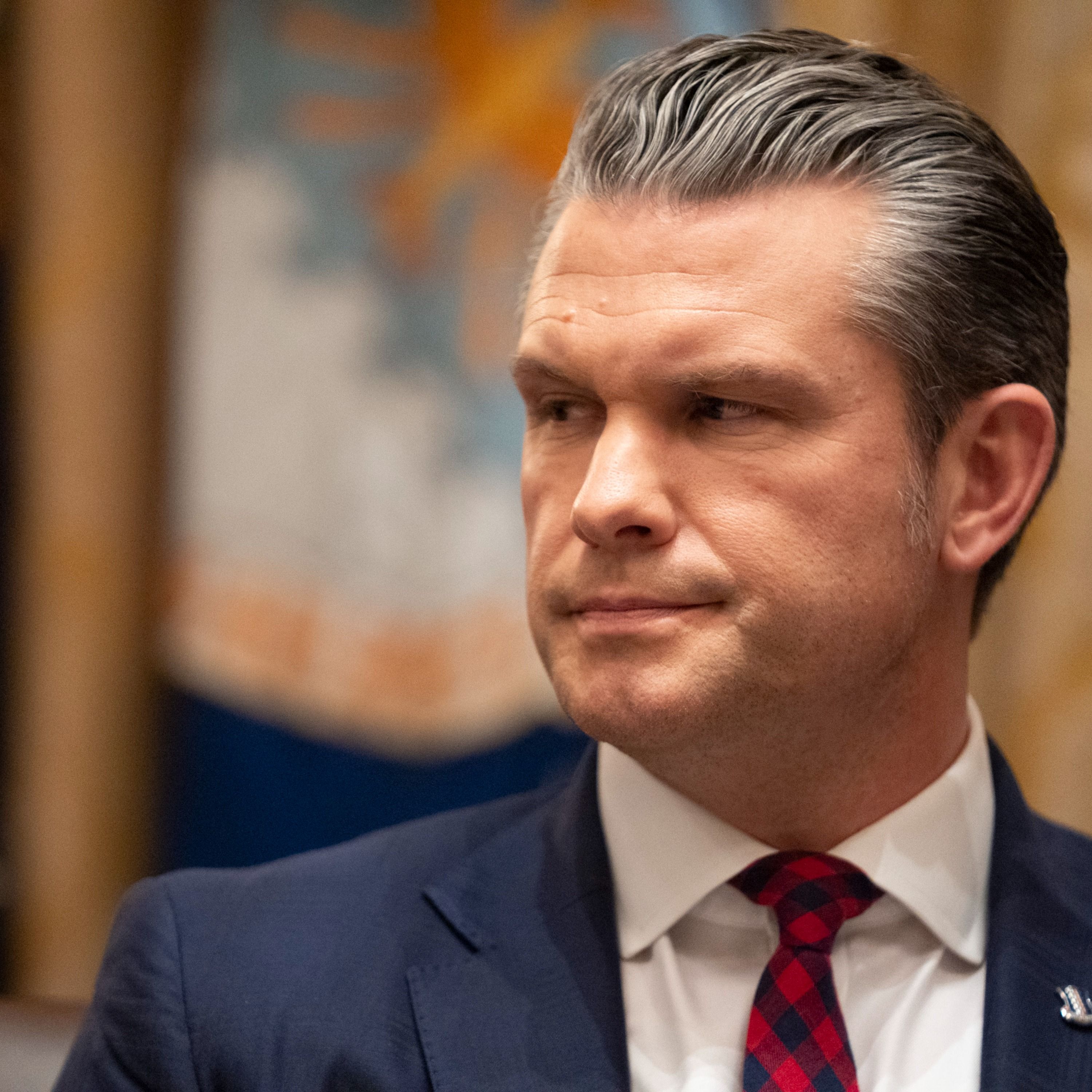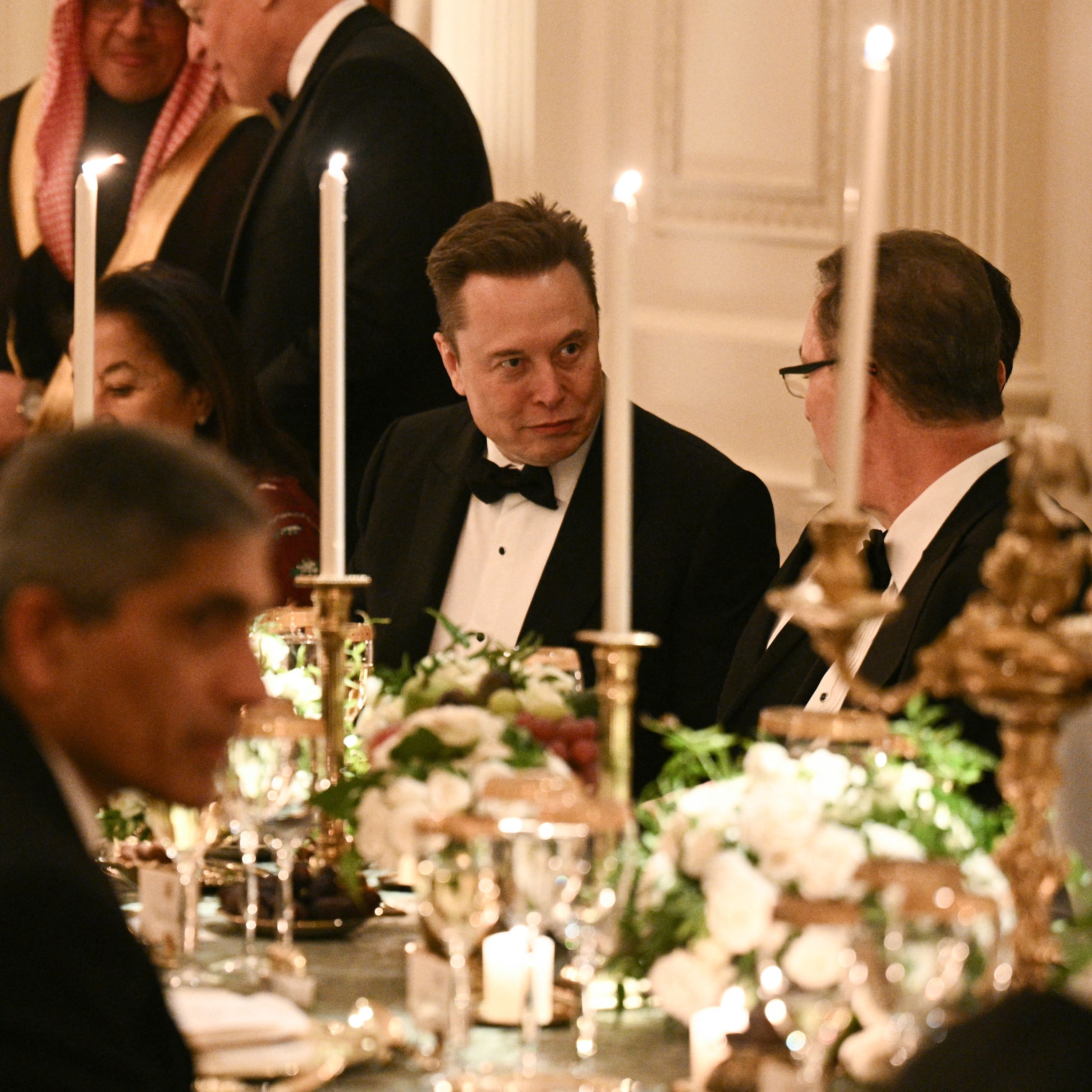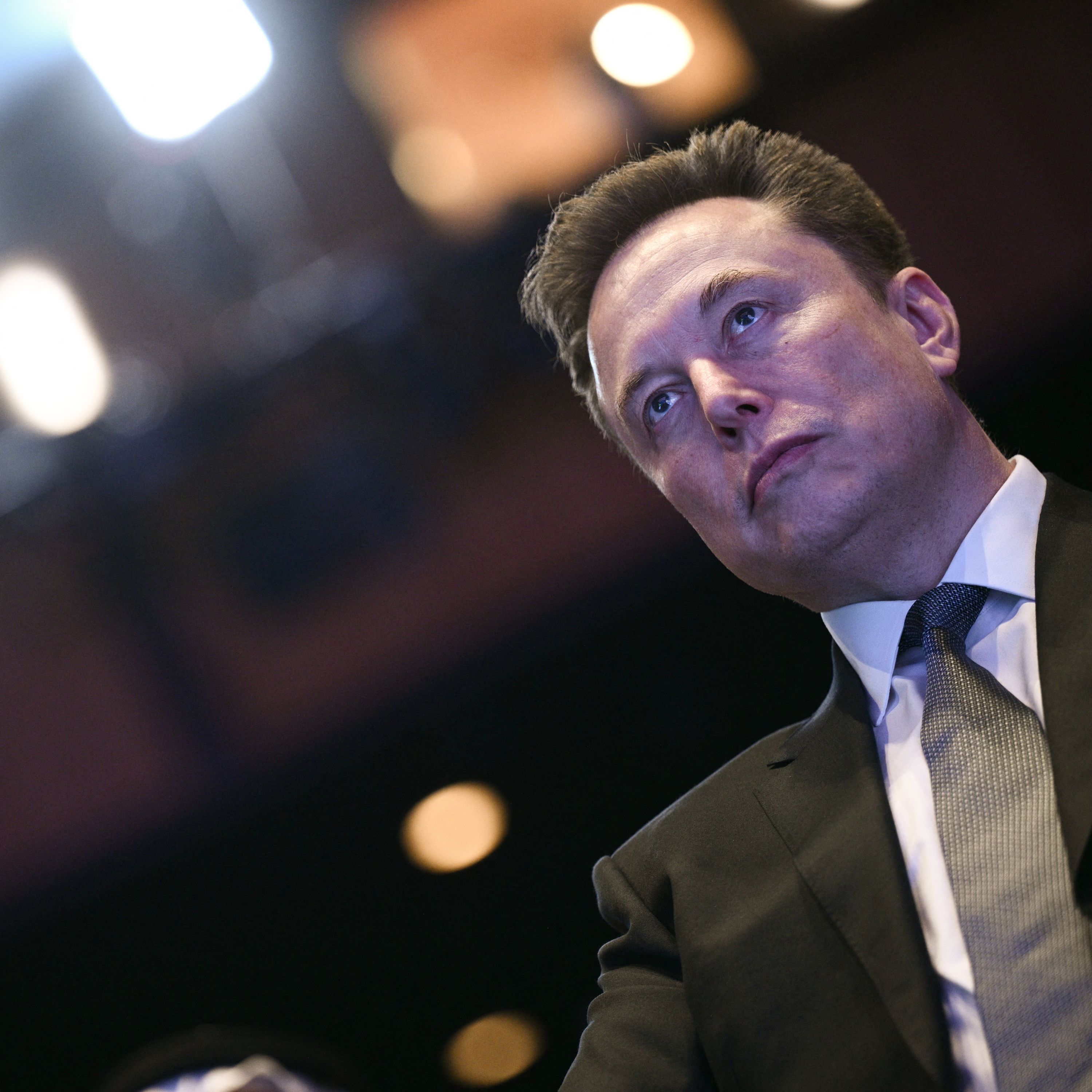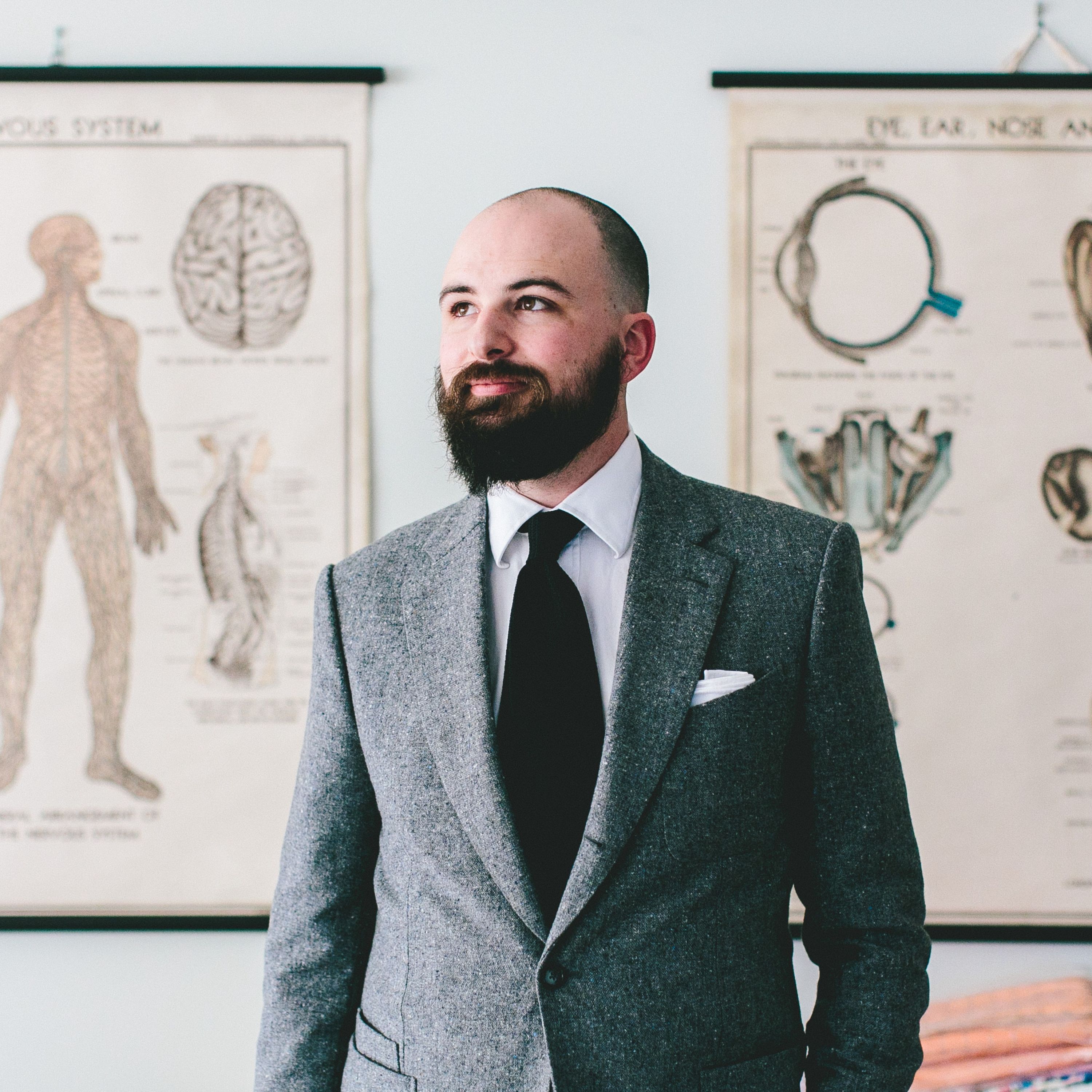How Funding Cuts Are Changing Public Radio
Press play and read along
Transcript
WNYC Studios is supported by ATT, offering a guarantee covering both wireless and fiber internet service that is all about having your back. Staying connected matters.
That's why ATT has connectivity you can depend on, or they'll proactively make it right. That's the ATT guarantee.
Visit ATT.com slash guarantee to learn more. Terms and conditions apply.
Visit ATT.com slash guarantee for details. ATT, connecting changes everything.
This is the On the Media Midweek podcast. I'm Brooke Gladstone.
This summer, Republicans clawed back over a billion dollars that had been pledged to public media, but it wasn't until this month that the Corporation for Public Broadcasting, longtime distributor of much of that money, started to wind down operations, and those federal funds finally ran out.
Now many of those stations are weighing whether to spend that money on national programs, principally NPR and elsewhere, or to fund journalism in and about their local communities. We're affected too.
New York Public Radio makes this show and also distributes it to hundreds of local stations across the country.
But if those stations can no longer afford us, how can we recover what they've been paying for that show and that audience?
So begins a new reckoning to save not just individual stations, but the interconnected system that makes public radio so special.
LaFontaine E. Oliver is the president, CEO, and executive chair of New York Public Radio and also my boss.
Since we're in the middle of our pledge week here at WNYC, I invited him into the studio to talk about how federal cuts are changing public media and how our station and others are facing this critical moment.
Welcome to the show, LaFontaine. Thank you for having me, Brooke.
So, in the wake of the CPB closing its doors, you announced the station-to-station programming project. Explain what that is.
Stations were relying on checks from CPB to arrive this month in October, and those checks are not going to arrive.
Stations are going to be crunched for cash, and we decided that we wanted to step up and do something special to help the system out in this moment.
And we thought the best way to do that would be to offer our complete suite of national programs to stations that are experiencing extreme financial difficulty, to offer it to them free of charge.
And that includes shows we make like On the Media, Radio Lab, the New Yorker Radio Hour, live at Carnegie Hall, as well as shows we distribute like Science Friday, Today Explained, and Freakonomics Radio.
Correct.
Some shows, I think this American Life is one, is reducing its fees. Our show has always been offered on a sliding scale.
I assume that that's true of the other shows that we produce here at WNYC as well, but free, that's something else.
Yeah, it's also important to notice that, you know, even going back to the founding of New York Public Radio's distribution arm, they really were founded on a principle of being station-friendly.
And so, One, we don't charge an affiliation fee, which all of the other national producers and distributors do. Really? Correct.
We also offer our content as a part of a bundle.
So it's all you can eat. You pay once and you can take as much or as little of the content as you like.
That is also very unique to how New York Public Radio approaches national distribution.
I have to give extreme props to the distribution team because they've always worked with stations if stations are in need of discounts.
This represents something that I think is transformational in that we are saying, hey, if your federal appropriation represented 10% or more of your budget, we're offering the content free of charge.
Just reach out to us and we're going to make this possible. But we just barely are getting out of the red ourselves.
We're able to do this because we reached out to funders and we said, hey, you support New York Public Radio.
This is a way that you could have a multiplying effect because your program on the media is a part of a national conversation that's happening.
And we didn't want to see that conversation diminished because stations could no longer afford to carry the show.
And so we said to funders, would you come alongside us and provide critical funding so that we can say to those stations, don't worry about it. And what have these stations said to you?
I assume you have great feedback, but give me a couple of anecdotes.
Yeah, I've talked to a couple station managers who've said, listen, in making your content completely free for us, it actually, one manager said to me, it actually allowed us to continue to pay for NPR programming, things like the two news magazines and NPR news, and then they pay a la carte.
What part of the country? In the south. Uh-huh.
Another manager that I talked to who runs a very, very small newsroom, they were looking at cuts in that local newsroom.
The toughest thing to hear. And they said, you know, station to station means I can keep my education reporter.
That's tremendous. I'm proud the station took this path.
It seems like an absolute good, but it isn't necessarily sustainable. It relies on continued philanthropic support.
And if it lasts, it will no longer be shiny and new, which I know from experience a lot of foundations that fund public broadcasting enterprises historically crave.
Once it's not shiny shiny and new, once it's built into the infrastructure, how do you keep the foundation or philanthropic money flowing?
Yeah, so I... Problem for another day? No, no.
I mean, we have to be thinking about that in the here and now.
And I have to first say that this is possible in large part because some of our producing partners stepped up and said, you know what?
We will come alongside you and we will forego our portion of distribution revenue that New York Public Radio would pay to. So shows we don't make but just distribute, like Freakonomics, for example.
Correct. That part was a tremendous help.
And then, you know, we live in this fabulous city of New York City where there's a lot more philanthropy and funders here, but some of them don't fund local.
They only want to fund national.
And so that gave us an opportunity to talk to some of those folks and to say, hey, I know that in the past we did not fit your funding profile or we were not high enough on that priority, but let us tell you about this initiative where your funding is actually going to help us continue to knit together a national conversation through on the media, through New Yorker Radio Hour, through Radio Lab.
We initially said we needed about $1.5 million in order to do that. I'm happy to say we are close.
We still need more support.
And so if we can raise more money, perhaps we can extend the relief to stations or offer additional things to the stations.
And so we've got our eyes set right now on raising the 1.5 million, but we're not going to stop there. We're going to continue to raise money because guess what?
Stations are going to continue to be vulnerable and stations are going to continue to have to make really tough decisions about the programs they put on air.
And I don't want one of those decisions to be taking off one of our programs.
Like I said, an absolute good. Now let's let's turn to a move that was somewhat more controversial.
New York Public Radio became one of the founding members of a new entity called the Public Media Infrastructure Consortium. What's that?
PMI at its core started in response to a competitive grant process by the Corporation for Public Broadcasting. But was it always a competitive bid? Because
it used to be that CPB would turn the money that the consortium will get to NPR to do much the same thing, most notably to manage distribution of programs throughout the system, not just their program.
Yeah, it has not always been competitive.
A part of what the Corporation for Public Broadcasting did over an extended period of time was to do kind of an assessment of the system and the system's needs.
They brought together a working group to look at that, which included stakeholders across the public media system and included outside consultants at Deloitte to really think about the future of what would be needed to sustain a healthy system.
So describe what the consortium is going to do that NPR used to do and anything else it plans to do as well.
On the first level, it's about stabilization.
We want to work with NPR or that that public radio satellite system that has been managed on behalf of the system by NPR continues to be strong and viable. That's one part of the work.
And then the second part of it really is about innovation, the things that we can do to help stations going forward in this new environment.
So this includes digital on-demand audio, podcast distribution, revenue generation, content innovation, data analytics,
audience development.
All of the things that modern media organizations are spending lots of time and money and effort on so that we can continue to evolve our funding and our business models to support the work that we want to do.
That is the second part of this. It is about that innovation.
It is about that sort of forward-looking set of tools.
Pat Harrison, the head of CPB for some 20 years, said in a statement that NPR
had resisted innovation.
You don't want to discuss that.
I'd love to go back to Pat's words and the folks at CPB who said, quote, after evaluating proposals from both NPR and PMI, CPB concluded that PMI best met the system's requirements for governance, for innovation, and for sustainability.
That, to me, is why CPB awarded the grant to PMI. Now, if NPR had decided to collaborate, they would have gotten money to run the satellite.
But as it is, you know, they're out a lot of money.
They've filed a lawsuit. Pat Harrison has said that it's without merit and that it has delayed the distribution of essential interconnection funding at the very moment when stability is most needed.
This suit, however, is ongoing, and I guess that money is being held up.
I'm not going to be able to comment on that, but what I will say is that, you know, PMI is hyper-focused on how we can come together as a peer-led organization with a real focus for helping stations with a structure that is going to work as well for local stations as it does for national producers.
You are, I know, a radio baby from the moment you entered, was it, the University of Miami? Yes, and quite honestly, even before then. Yes.
When I was at the University of Vermont, my only contact was radio as I recorded the radio spots for the Champlain Shakespeare Festival.
Air-conditioned and sporting its new seats, the Champlain Shakespeare Festival. That's the first thing I ever said on the radio.
But as you
find these new areas and follow the audience, are you still able to fund the mission of local coverage of state house and education and transportation reporting, talking about what's going on around you every day, these fundamental services that actually in times of emergency often only broadcast can provide as opposed to digital, which of course is where everybody is going.
But they have to turn back to the radio when the crap really hits the fan. Yeah, it's not either or.
It's both and.
I mean, I think we have to be in a position where we are finding ways to be more efficient and effective at the, call it, broadcast and analog side of our business so that we can continue to serve audiences there while also funding the pathways to future audiences.
If we're going to try to do one or the other, I think we're going to be dead in the water. I know.
It's just that's where it always comes into conflict.
I'm saying theoretically here, you know, cut a position in the newsroom to fund a new podcast. I mean, we saw that a lot over the last, you know, long before you got here.
It wasn't making the service any better.
It's a tension, and I would argue it is a necessary and it can be a healthy tension because it should push each and every one of us to do something that sometimes it's easy to lose sight of, which is that you have to put the audience needs first
in everything that you do.
I agree with you wholeheartedly, the work that has to happen in, I'm not just talking about New York Public Radio, but in public media stations across the country, the thing that differentiates us is our ability to be on the ground, local in those communities, bearing witness, and creating community around that content in an era where content is itself is no longer scarce or difficult or even expensive to produce.
We are swimming in content. Now it's also about being able to bring communities together with shared information, the building blocks of truth, which are facts.
And that's something that you can't do without having reporters and strong local newsrooms, an area where, quite honestly, you know this well, we are seeing such retraction in other forms of traditional media.
And I, for one, believe that public media has to be a part of maintaining that.
One of the reasons why the station-to-station programming project is such a priority for me is because that by offering national content to stations at a free or reduced price, it is actually allowing those stations to focus more on the areas where they truly have a unique value proposition, which is local reporting in their communities, which is local community engagement.
And I don't think that that's going to change. In fact, I think demand for that is going to continue to grow.
And so we've got to be able to balance all of those things.
We have to be able to balance meeting audiences on multiple platforms. We have to be able to balance going into a digital future, serving audiences with local reporting as well.
If we don't do it, who else will, Brooke?
Thank you very much, La Fontaine. You're welcome.
LaFontaine E. Oliver is the president, CEO, and executive chair of New York Public Radio.
If you'd like to support our work, you can go to onthemedia.org slash donate. And to find out more about the Station to Station programming project, visit wnyc.org slash station to station.
Tune into the big show on Friday to hear about yet another one of Trump's shadow presidents, director of the OMB, Russell Vogt. I'm Brooke Gladstone.
